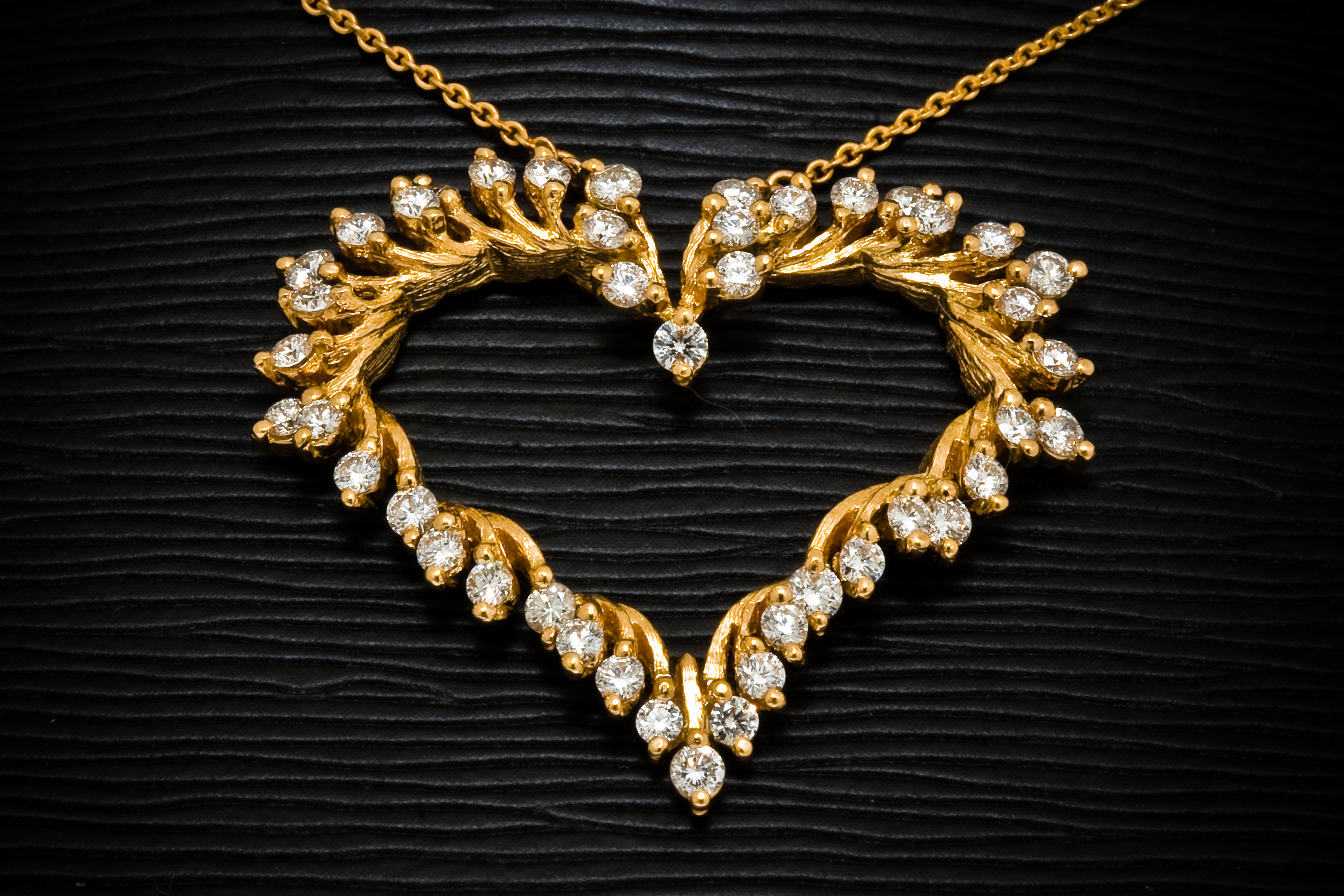Table Of Content

Many former members of the Bauhaus took the ideas of the institution with them to almost every corner of the globe. However, the Bauhaus had international links right from the start and was already world-famous early on. The emigration of its members greatly increased the school's international status and its global influence. Gropius remained as director for nine years and steered the Bauhaus school into developing a cohesive style, though that was not his original intention. Starting in 1925, Gropius oversaw the school’s move to Dessau, allowing the opportunity for the principles of Bauhaus to manifest in the school’s physical space.
Eight chocolate-brown interiors that look good enough to eat
The Bauhaus was founded at a time when the German zeitgeist had turned from emotional Expressionism to the matter-of-fact New Objectivity. An entire group of working architects, including Erich Mendelsohn, Bruno Taut and Hans Poelzig, turned away from fanciful experimentation and towards rational, functional, sometimes standardized building. Beyond the Bauhaus, many other significant German-speaking architects in the 1920s responded to the same aesthetic issues and material possibilities as the school.
Bauhaus Interior Design: Everything You Need to Know About the Geometry-Minded Style
The Bauhaus master who painted to defy the Nazis - Far Out Magazine
The Bauhaus master who painted to defy the Nazis.
Posted: Sat, 11 Nov 2023 08:00:00 GMT [source]
The Bauhaus was arguably the single most influential modernist art school of the 20th century. Its approach to teaching, and to the relationship between art, society, and technology, had a major impact both in Europe and in the United States long after its closure under Nazi pressure in 1933. The Bauhaus was influenced by 19th and early-20th-century artistic directions such as the Arts and Crafts movement, as well as Art Nouveau and its many international incarnations, including the Jugendstil and Vienna Secession. But by the mid-1920s this vision had given way to a stress on uniting art and industrial design, and it was this which underpinned the Bauhaus's most original and important achievements.
Over a century of women in architecture
HISTORY.com works with a wide range of writers and editors to create accurate and informative content. Articles with the “HISTORY.com Editors” byline have been written or edited by the HISTORY.com editors, including Amanda Onion, Missy Sullivan, Matt Mullen and Christian Zapata. Under his leadership, the school moved during a struggle for survival with Germany’s ever-encroaching National Socialist Party, whose interference demanded experimental work be toned down as it seized control of the school. In 1928, Swiss architect Hannes Mayer took over from Gropius, but his tenure was a troubled one, with student-teacher ratios becoming a big problem for the school and various disputes with Communist students and anti-Communist faculty members. Walter Gropius, Marcel Breuer, and Moholy-Nagy re-assembled in Britain during the mid-1930s and lived and worked in the Isokon housing development in Lawn Road in London before the war caught up with them.

Walter Gropius and Marcel Breuer became professors at the Harvard Graduate School of Design. They all had a significant influence on a young generation of architects, designers, and artists through their teaching and their works created in the United States. While the Bauhaus movement itself lasted only 14 years, Bauhaus architecture and design has had an enduring impact on generations of designers. Many Bauhaus-style designs have become iconic pieces of furniture that are still reproduced (and widely imitated) today. The late Steve Jobs often credited the influence of Bauhaus simplicity on the look of Apple products. The original Bauhaus school was shut down by the Nazis in 1933 under its final director, architect and designer Mies van der Rohe.
The Bauhaus movement championed a geometric, abstract style that focused on functionality and artistic merit equally. However, there's little emotional drive or sentimentality in Bauhaus design and architecture. In 1925, the Bauhaus moved to the German industrial town of Dessau, initiating its most fruitful period of activity. Gropius designed a new building for the school which has since come to be seen not only as the Bauhaus's spiritual talisman, but also as a landmark of modern, functionalist architecture. It was also here that the school finally created a department of architecture, something that had been conspicuously lacking in its previous incarnation. However, by 1928 Gropius was worn down by his work, and by increasing battles with the school's critics, including conservative elements in German culture.
These materials allowed Bauhaus architects to create functional, simple, and mass-producible designs that influenced many styles of modern architecture. Bauhaus architecture was influenced by various artistic and social movements that emerged in the late 19th and early 20th centuries. Some of the main influences were the Arts and Crafts movement, which promoted craftsmanship and creativity; Art Nouveau, which experimented with organic forms and decorative patterns; and the Jugendstil and Vienna Secession, which introduced geometric shapes and abstract designs. Bauhaus architecture also reflected the political and economic changes after World War I, such as the rise of democracy, industrialization, and mass production. The textile workshop, especially under the direction of designer and weaver Gunta Stölzl (1897–1983), created abstract textiles suitable for use in Bauhaus environments. Stölzl encouraged experimentation with unorthodox materials, including cellophane, fiberglass, and metal.

Dessau
"Bauhaus shut down in the 1930s, not because it was no longer relevant or beloved, but because of politics," says Hyman. "Fortunately for us, the concepts, practices, and design styles are still as interesting and active today." When we want spaces that are simple and clean-lined but have a little fun and personality, Hyman says we're looking for spaces based on Bauhaus concepts—even if we don't realize it. A core tenet of Bauhaus design is “truth to materials,” which focuses on using materials in their most natural, honest form, allowing them to be celebrated and seen rather than covered up. Painter, photographer and Bauhaus instructor László Moholy-Nagy moved to Chicago in 1937 where he founded the New Bauhaus.
How the Nazis used poster art as propaganda
This elegant and innovative teapot uses the interplay of geometric forms as the basis for a distinctively modern design, with its hemispheric body centered on crossbars and topped by a flat circular lid. The handle, a half-circle of ebony, and the cylindrical knop, are also made of ebony, and contrast vertically with the horizontal plane of the body, a juxtaposition complemented by the contrast in materials and colors. Born in Chemnitz, Germany in 1893 as Marianne Liebe, she enrolled at the Bauhaus in 1923, and began studying under Moholy-Nagy in the metal workshop in 1924, becoming the first woman admitted into his studio. Brandt made the prototype for her teapot the same year, subsequently producing six other prototypes, though the design was never marketed commercially. Standing at only three inches tall - a little larger than a teacup - the teapot was intended to create a concentrated tea extract.
They also responded to the promise of a "minimal dwelling" written into the new Weimar Constitution. Ernst May, Bruno Taut and Martin Wagner, among others, built large housing blocks in Frankfurt and Berlin. The acceptance of modernist design into everyday life was the subject of publicity campaigns, well-attended public exhibitions like the Weissenhof Estate, films, and sometimes fierce public debate. Beginning in June 1907, Peter Behrens' pioneering industrial design work for the German electrical company AEG successfully integrated art and mass production on a large scale. He designed consumer products, standardized parts, created clean-lined designs for the company's graphics, developed a consistent corporate identity, built the modernist landmark AEG Turbine Factory, and made full use of newly developed materials such as poured concrete and exposed steel. Behrens was a founding member of the Werkbund, and both Walter Gropius and Adolf Meyer worked for him in this period.
Ludwig Hirschfeld-Mack initially emigrated to England before being sent to Australia in 1940 as an "enemy alien." In Australia today, he is considered to be one of the reformers of Australian art. Incorporate Bauhaus style into your interior with color accents such as painting a door or a wall in a primary red, yellow, or blue. Framed vintage or reproduction Bauhaus posters are a popular way to showcase the enduringly appealing geometric graphics that defined the era. Following this decision, Mies van der Rohe, Gropius, the Albers and many others within the Bauhaus school fled to the United States, where they continued to have a profound and lasting influence on 20th-century art and design. Oskar Schlemmer taught at the school from 1920 to 1929, specializing in design, sculpture and murals, but preferring to pursue theater. He was appointed the school’s director of theater activities in 1923 and created an experimental theater workshop in 1925.
His design was also intended to work within a classic Bauhaus compositional concept, wherein letters were arranged in diagonals lines thrusting upwards across the page, wrapping around objects and picked out in strong colors. Bayer's typeface was never cast in metal, but its influence has been widespread and longstanding. At the Bauhaus, students mulled over the philosophies that would go on to shape modernism in all of Europe, and eventually the world. They were taught a total design approach that encompassed everything from architecture to furniture to typography, and more. Through the study of form and materials, students became masters at understated, unadorned expressions free from the rote inclusion of cliched classical frills, which were seen as nonfunctional and unnecessary.
According to Elaine Hoffman, Gropius had approached the Dutch architect Mart Stam to run the newly founded architecture program, and when Stam declined the position, Gropius turned to Stam's friend and colleague in the ABC group, Hannes Meyer. To mark the centenary of the school's founding, we've created a series of articles exploring the school's key figures and projects. This modernist door handle by Bauhaus founder and German architect Walter Gropius was first put into mass production in 1923, after being originally designed for the Fagus factory in Alfeld, Germany. Comprising a circular base, a cylindrical shaft and a spherical shade, the light boasts a simple, geometric shape that is as economical as possible in terms of time and materials.

No comments:
Post a Comment